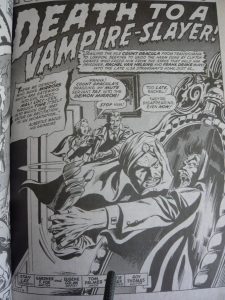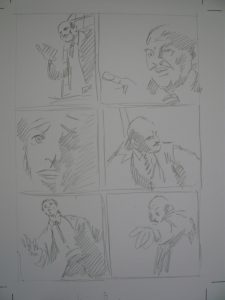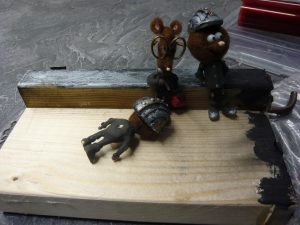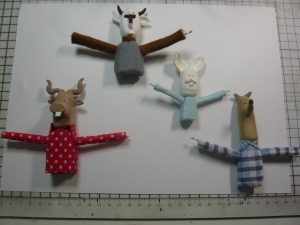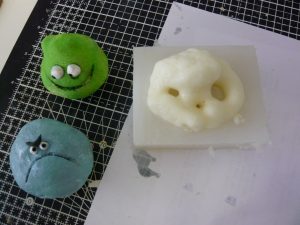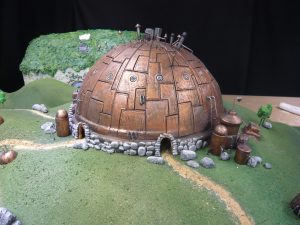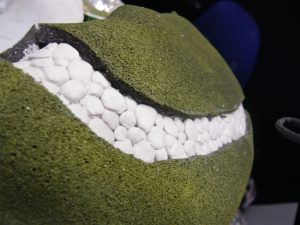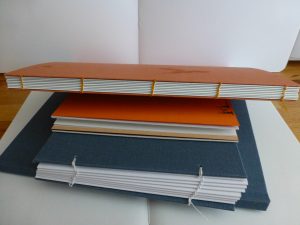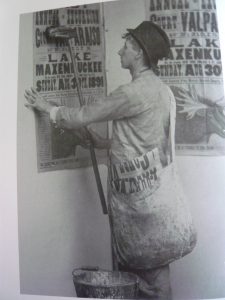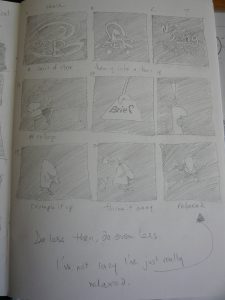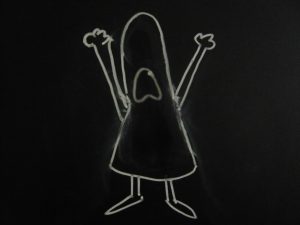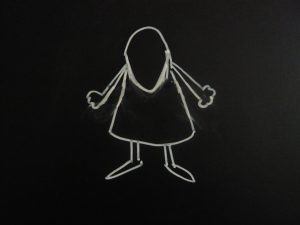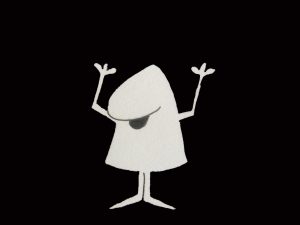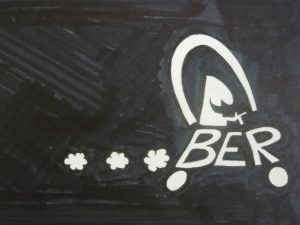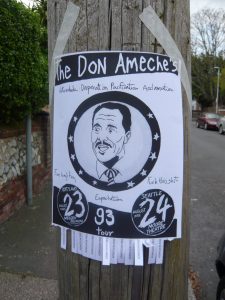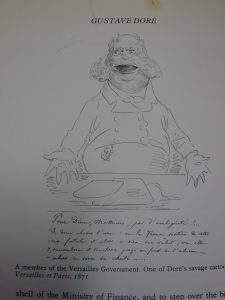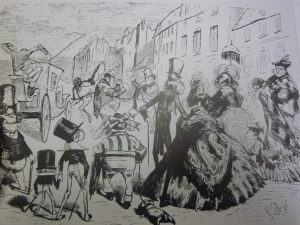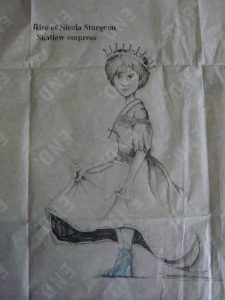Frankenstein: Workshop
Research
From tutorials I discussed the idea of translating Frankenstein into a modern enviroment such as an once.
Here the story follows a new member of sta that rises to become the boss only to then re the member of sta that showed them the ropes. Seeking revenge the former employee returns to work and kills the boss, becoming a monster.
Gene Colan 1926-2011 was comic book artist that worked with a series of my personal favourite comics called ‘The Tomb of Dracula’ from the 1970’s by Mar- vel. His work is extrodinary with the archetype style of Marvel but an intense lev- el of detail. I decided to create a short comic of 12 pages in a similar style. Using heavy black shading in an attempt of recreating a Gothic horror narrative.
Location
Situated in Steyning is one of my favourite buildings. SME is an engineering company. The building has a simple aesthetic appeal that I wanted to utilise in my comic book. Dated from the 1960’s I wanted it to create a certain feel to the overall composition.
Roughs
Starting with rough pencil layouts from a sketch book I developed various key scenes. Each frame was then blocked in ink before the nal detail was added. e characters were then placed in a sequence that illustrated the stories main plot points.
is was very difficult to achieve as each rendering and layout was done by hand therefore there was little margin for error. Working through my Marvel catalogue I noticed that the strong dramatic sequences were traditionally illustrated through a splash page. This was then reworked as title page within the inner cover. Both are examples of my attempt of this recreation.Trying to define the continuity of the story and merging the narratives was challenging.
Below are the final spreads that were then scanned into Indesign to create the comic. The sequence of pages were not exact to how they would be printed. is was an error on my part. e rst spread was the last spread completed. All the other run consecutively.
Final Drawings
Critical Analysis
Within the exercises I have attempted to draw upon the previous workbook utilising storyboards as a means pf exploration and structuralism with the subject matter. As an introduction to this brief we were encouraged to work on a particular theme from the original text. I attempted a brief outline. Identifying this contemporary setting I incorporated my research into the final composition. Overall the final outcome was rewarding. The project pushed my limits of illus- tration with a medium that isn’t forgiving. The blocking and shading required an attention to detail to the overall composition. This was then dependent as to whether a particular scene would work, or not .



